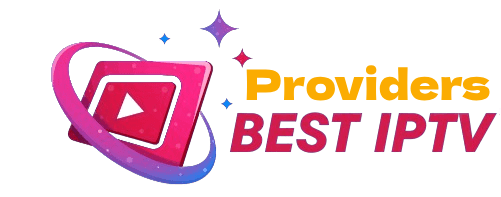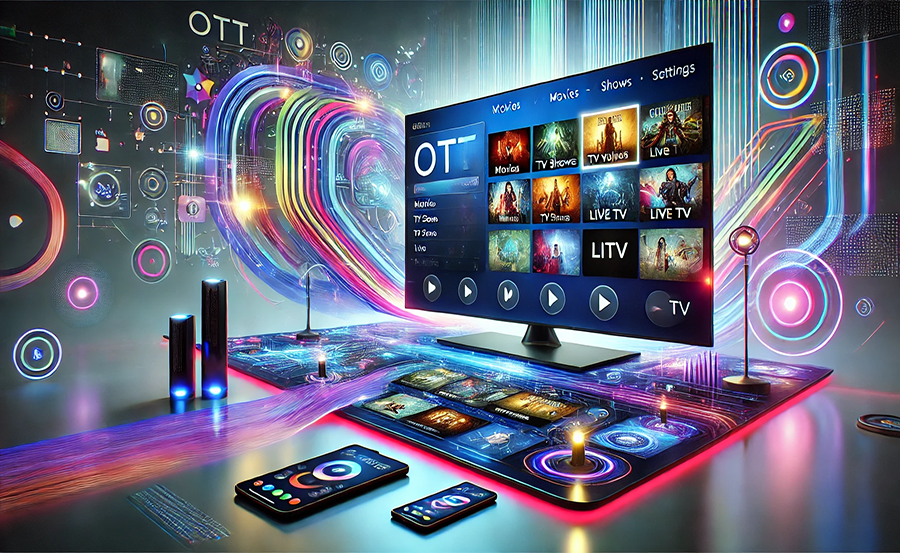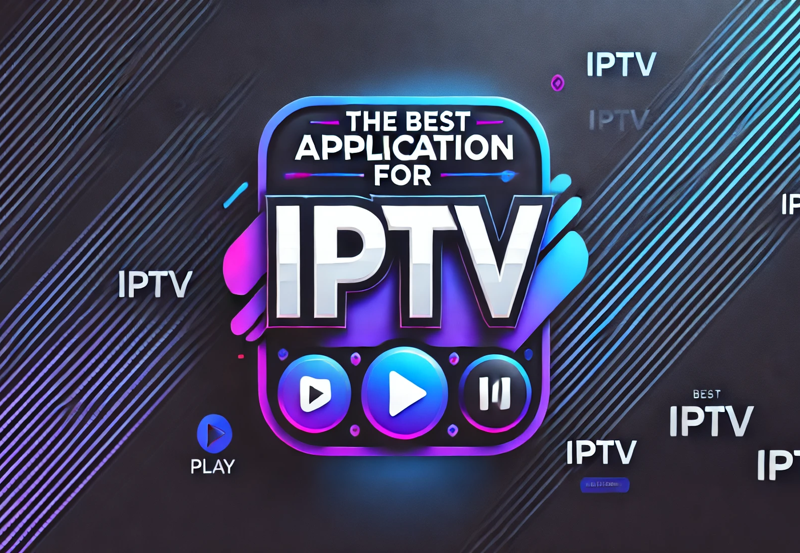In today’s fast-changing world of entertainment, the way we consume content has drastically shifted. Cable TV, once the cornerstone of home entertainment, is losing its stronghold as Over-The-Top (OTT) services take the stage. Platforms like Netflix, Hulu, and Amazon Prime Video have swiftly become household names, changing how we watch television. But what does this mean for traditional cable TV subscriptions? Let’s explore this evolving landscape.
The Rise of OTT Platforms
Over the past decade, OTT platforms have seen tremendous growth, fundamentally altering the way content is delivered and consumed. With the advent of high-speed internet, viewers now enjoy on-demand access to a vast library of shows and movies.
This convenience has been a game-changer, offering flexibility that cable TV has struggled to match. The explosive popularity of smart devices has also contributed significantly, aligning perfectly with the mobile-first trends of modern consumers.
Pro Insight:
Stream seamlessly across devices with IPTV service in Canada, offering unmatched stability and content variety.
Driving Factors Behind OTT Popularity
Several factors have actively contributed to the rise of OTT services over traditional cable. These include:
- Affordability: Many OTT subscriptions offer competitive pricing, often cheaper than extensive cable packages.
- Customization and variety: OTTs offer personalized recommendations and a wide array of genres.
- Ad-free experiences: Unlike cable, many OTT entries boast uninterrupted viewing experiences.
Consumer Preferences and Trends
The shift in consumer trends can’t be ignored. Statistically, viewers now prefer content they can control. Binge-watching entire seasons is a testament to this change, favoring a more engrossing viewing pattern.
Interestingly, younger audiences, particularly Gen Z and millennials, are leading this charge, opting for the technological ease offered by digital platforms.
Impact on Cable TV Subscriptions
As OTT services rise, cable subscriptions are experiencing a notable decline. The question is, how severe is this impact, and can cable adapt to the new environment?
From cable-cutting to evolving consumer habits, many forces are at play, predicting a challenging but not necessarily terminal future for cable TV.
Decline of Cable: Reasons and Stats
Various reports indicate a steady decline in cable TV subscribers. The main reasons include:
- Lack of flexibility: Rigid cable packages versus customizable OTT plans.
- High costs: Exorbitant fees becoming unacceptable compared to budget-friendly digital alternatives.
As per recent analyses, a significant percentage of households in the U.S. have already shifted from cable to internet-based viewing solutions.
Cable’s Response to a Changing Market
To counter this trend, cable providers have begun embracing IPTV technologies to balance connectivity and entertainment. IPTV, particularly for sports streaming, offers an innovative bridge.
By investing in hybrid models that integrate on-demand services, cable firms aim to sustain their market presence. How to install IPTV, for example, has become a crucial question for legacy providers developing digital solutions.
Exploring IPTV: A Viable Alternative for Cable
Internet Protocol Television (IPTV) presents a promising alternative by marrying the features of OTT with traditional broadcast television. This blend provides real-time service with an expansive content library.
What is IPTV?
At its core, IPTV refers to a system where TV services are delivered using the internet protocol suite, rather than through terrestrial, satellite, or cable formats.
This allows for more interactive TV experiences, where viewers can select from a range of choices at their own pace.
Benefits of IPTV for Sports Streaming
The sports domain, perhaps more than any other, stands to gain from IPTV. Several benefits include:
- Real-time streaming: Near-instantaneous broadcasts enhance live viewing.
- Diverse sports access: Niche sports find a platform, widening viewer choices.
- Interactive features: From multiple camera angles to on-demand highlights.
Mastering Your IPTV Entertainment
How to Install IPTV
Setting up IPTV can initially seem daunting, but the process is simpler than expected. Here’s a simplified guide:
- Choose a reliable IPTV service provider.
- Download the necessary application on your smart device or TV.
- Install and configure the app, inputting the credentials provided by your IPTV service.
- Customize your interface, selecting preferred channels and genres.
Tailoring IPTV to Your Needs
To fully exploit IPTV’s potential, consider your geographic location, preferred content types, and device compatibility. Choosing the right IPTV could enhance your entertainment experience, mitigating the loss of traditional cable TV experiences.
Subscriptions based on individual viewing preferences can minimize costs while maximizing value, ensuring a fitting transition from cable to a streaming-centric model.
The Emerging TV Landscape
The competition between OTT and cable TV is reshaping the entire media landscape. With technological advancements driving further changes, consumers are at the cutting edge of the digital content revolution.
This transitional phase signifies more than a market shift—it marks a cultural shift in how stories are told and consumed. As the boundaries blur, the future holds potential for more integrated viewing experiences.
FAQs

What is causing the decline in cable TV subscriptions?
Primarily, the decline is due to the flexibility, affordability, and convenience offered by OTT services that cable cannot match.
How is IPTV different from OTT services?
While both involve online content delivery, IPTV offers real-time streams, which is ideal for live events such as sports, unlike the typically saved catalog of OTT services.
Can cable TV survive in this evolving market?
Cable TV may survive but will need to innovate, integrating technologies like IPTV and offering competitive pricing and flexibility.
How can viewers transition from cable to IPTV?
Viewers can transition by selecting credible IPTV service providers, installing necessary applications, and ensuring they have a stable internet connection.
What are the key advantages of OTT platforms?
Key advantages include on-demand access to a diverse range of content, lower costs, and freedom from ads.
Is investing in IPTV worth it for sports enthusiasts?
Yes, IPTV’s real-time capabilities and interactive options can significantly enhance the sports viewing experience.
Streamlining Entertainment: The Role of IPTV Stream Players





